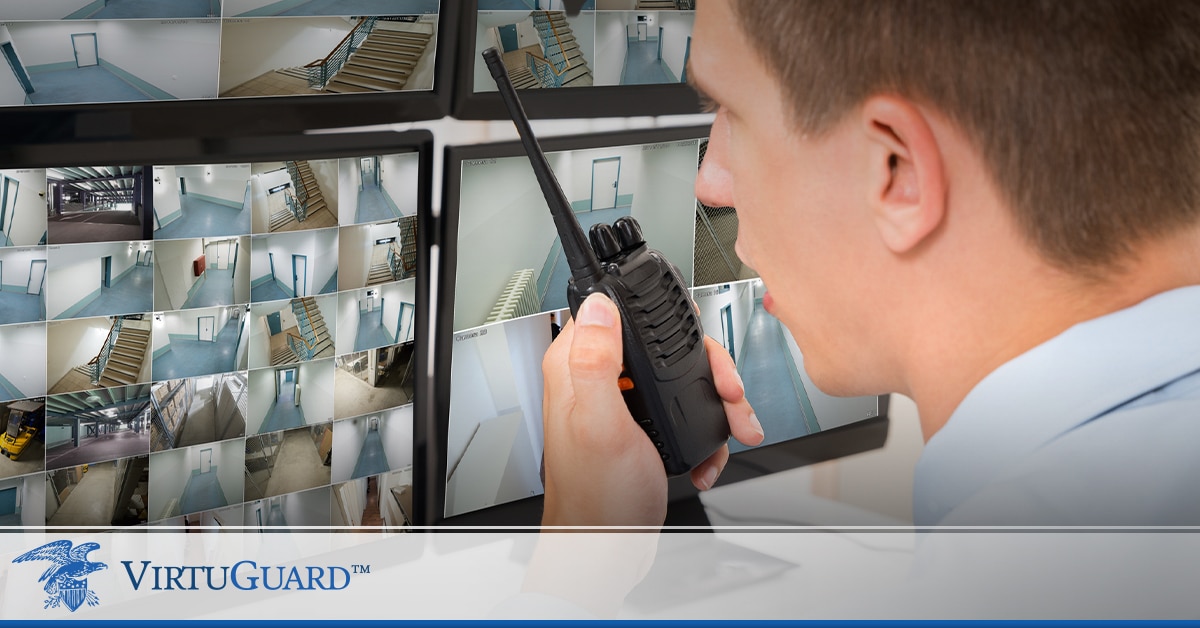There have significant advancements in both the quality and affordability of remote surveillance services and equipment. It’s a wise addition to incorporate into any security plan. Does that mean that cameras are replacement for on-premise guards? Definitely not. The best security strategy is a combination of the two – a symbiotic relationship where each can enhance the abilities of the other and make up for each other’s shortcomings.
Advantages of On-premise Guards
Quick Response
In an emergency, a remote guard can alert the authorities or call out a subject over an intercom. Still, a guard may be better able to protect the safety of an employee or resident at the moment or prevent theft from taking place. The mere presence of a guard can act as a deterrent to wrongdoers.
Engagement
When you have the same guards in place day-to-day, the people who interact with them get to know them personally, and the guards get to know the people they serve. People may be more likely to come forward to notify the guard of a potential problem or share an observation because of the trust they have built. By the same token, guards get to know who belongs there and who does not, what is normal versus what bears investigation. On-site guards bring a level of nuance and instinct to the job that is unlikely to be found with remote monitoring.
Advantages of Remote Surveillance
It can be placed virtually anywhere
Tight spaces, remote areas, hazardous sites. Anywhere a camera can be mounted, remote monitoring is a viable security option. There need be little concern regarding the well-being of guards located in a remote location. Whereas an on-site guard can be at risk due to brutal weather conditions, hazardous materials, or high crime areas, only the camera is exposed to these on-location risks.
It keeps costs down
While an on-site guard earns upwards of $20 an hour plus benefits, remote video monitoring services can be less than $3 an hour after initial implementation. And it’s much easier and less expensive to add or replace a camera than it is a guard. Also – cameras don’t get injured or take sick days or vacations.
So, what’s the best security strategy?
Strengthen your security plan by combining remote and on-site guarding.
Place a security guard at your primary entrance during business hours. Let remote monitoring take over after hours as well as at other entrances as well as in parking lots and around the perimeter. Do the same for auxiliary locations or hard to cover areas. The remote monitoring team can work in tandem with the on-site guards as well, notifying them of incidents or observations that could benefit from in-person investigation or response.
Want to learn more about how you can augment your security staff with remote security monitoring services?
Contact BOS Security to learn more about our VirtuGuard™ remote guarding services can protect your business at a fraction of the cost of human guards.

